Results 11,041 to 11,050 of 12089
Thread: Anandtech News
-
03-10-21, 08:53 AM #11041
Anandtech: The Xiaomi Mi 11 Review: A Gorgeous Screen and Design
Today’s were reviewing Xiaomi’s new Mi 11 – its baseline model of its 2021 flagship line-up. The phone distinguishes itself by offering a new 1440p 120Hz OLED, and being powered by the Snapdragon 888, in a thinner, more refined design, starting at only 749€.
More...
-
03-10-21, 01:53 PM #11042
Anandtech: Seagate's Roadmap: The Path to 120 TB Hard Drives
Seagate recently published its long-term technology roadmap revealing plans to produce ~50 TB hard drives by 2026 and 120+ TB HDDs after 2030. In the coming years, Seagate is set to leverage usage of heat-assisted magnetic recording (HAMR), adopt bit patterned media (BPM) in the long term, and to expand usage of multi-actuator technology (MAT) for high-capacity drives. This is all within the 3.5-inch form factor.
"We can use our recent experience, productizing our 20 TB HAMR drive to translate from laboratory demonstrations to products, which puts us on track to deliver 50 terabytes by 2026," said John Morris, Chief Technology Officer of Seagate. "We have drive technologies planned which will enable long term HAMR growth and a path to over 100 TB devices. And hard disk drives will continue to service the needs of mass capacity storage with the most optimal, total cost of ownership for the next decade and beyond."HAMR to Enable 90 TB HDDs
In the recent years HDD capacity has been increasing rather slowly as perpendicular magnetic recording (PMR), even boosted with two-dimensional magnetic recording (TDMR), is reaching its limits. Seagate's current top-of-the-range HDD features a 20 TB capacity and is based on HAMR, which not only promises to enable 3.5-inch hard drives with a ~90 TB capacity in the long term, but also to allow Seagate to increase capacities of its products faster.
In particular, Seagate expects 30+ TB HDDs to arrive in calendar 2023, then 40+ TB drives in 2024 ~ 2025, and then 50+ TB HDDs sometimes in 2026. This was revealed at its recent Virtual Analyst Event. In 2030, the manufacturer intends to release a 100 TB HDD, with 120 TB units following on later next decade. To hit these higher capacities, Seagate is looking to adopt new types of media.
"As we approach the maximum useful capacity of PMR technology, each successive drive increases by 1TB or 2TB at a time," said Jeff Fochtman, Seagate's SVP of Business and Marketing at the company's Analyst Meeting. "With HAMR technology, it allows us to jump in steps of 4 terabytes, 6 terabytes, or even 10 terabytes at a time."Today's 20 TB HAMR HDD uses nine 2.22-TB platters featuring an areal density of around 1.3 Tb/inch2. To build a nine-platter 40 TB hard drive, the company needs HAMR media featuring an areal density of approximately 2.6 Tb Tb/inch2. Back in 2018~2019 the company already achieved a 2.381 Tb/inch2 areal density in spinstand testing in its lab and recently it actually managed to hit 2.6 Tb/inch2 in the lab, so the company knows how to build media for 40 TB HDDs. However to build a complete product, it will still need to develop the suitable head, drive controller, and other electronics for its 40 TB drive, which will take several years.
Bit Patterned Media (BPM) to enable HDDs up to 120 TB
In general, Seagate projects HAMR technology to continue scaling for years to come without cardinal changes. The company expects HAMR and nanogranular media based on glass substrates and featuring iron platinum alloy (FePt) magnetic films to scale to 4 ~ 6 Tb/inch2 in areal density. This should enable hard drives of up to 90 TB in capacity.
In a bid to hit something like 105 TB, Seagate expects to use ordered-granular media with 5 ~ 7 Tb/inch2 areal density. Yo go further, the world's largest HDD manufacturer plans to use 'fully' bit patterned media (BPM) with an 8 Tb/inch2 areal density or higher. All new types of media will still require some sort of assisted magnetic recording, so HAMR will stay with us in one form or another for years to come.
"We see an opportunity to scale this design space with granular media into the range of 4 Tb/inch2 to 6 Tb/inch2, at which point we plan to add patterning in one dimension through the use of ordered grain media," said Morris. "This, we expect to be a steppingstone in media to open up the range of 5 Tb/inch2 to 7 Tb/inch2. Then we will transition to fully patterned media to open up densities to 8 Tb/inch2 and even higher. With the areal density CAGR just introduced, we have a path to 10TB per disk by 2030. This then represents our outlook for technology limits over the next 10 to 15 years."Performance Improvements Included
Increasing the capacity of hard drives is extremely important to keep them competitive with solid-state drives, but in a bid to stay relevant for operators of cloud datacenters, HDDs also need to improve sequential and random performance.
Sequential performance of hard drives surges along with areal density, so we see gradual HDD performance bumps every year. But as the capacity of a drive increase, the random IOPS-per-TB performance drops, which requires operators of large datacenters to mitigate this with caches to maintain their Quality-of-Service, which means additional costs.
Seagate and Western Digital have been looking to radically increase sequential and random performance of HDDs by installing more than one actuator, with multiple read/write heads into one drive. Seagate's Mach.2 technology — which embraces two actuators — can almost double IOPS-per-TB performance of a hard drive and substantially increase its sequential read/write speeds. Furthermore, with two independent actuators, Seagate can almost halve the time it needs to test one drive before shipping, which reduces its manufacturing costs. The advantage of two actuators will become even more significant as HDD makers transit to platforms with more platters.
"A notable benefit to dual actuator technology standardization is that it drastically cuts down test time, and therefore, hard drive production time is greatly reduced," said Fochtman. "This is a benefit we're looking forward to recognizing on the cost side of the business."There are about a dozen of customers that already use Seagate's Mach.2 PMR-based HDDs in their datacenters, although these drives do not have a commercial branding. Eventually, the company plans to make Mach.2 HDDs available to other clients, yet the company does not disclose when this is set to happen. However, the manufacturer is poised to use its Mach.2 technology more broadly once its drives hit capacities of above 30 TB, as drives with one actuator will not have sufficient performance, and a one-actuator design would increase the total cost of ownership.
"Although Mach.2 is ramped and being used now, it is also really still in a technology-staging mode," said Fochtman. "When we reach capacity points above 30 terabytes, it will become a standard feature in many large data center environments."HDD TCO to Remain Low
Speaking of TCO, Seagate is confident that hard drives will remain cost-effective storage devices for many years to come. Seagate believes that 3D NAND will not beat HDDs in terms of per-GB cost any time soon and TCO of hard drives will remain at competitive levels. Right now, 90% of data stored by cloud datacenters is stored on HDDs and Seagate expects this to continue.
"We believe that the TCO for hard disk drives and SSDs will stay approximately in equilibrium," said Morris. "Both SSDs and hard disk drives will continue to improve their value proposition, and storage demand for both will continue to grow. They are both critical enabling technologies for the growing datasphere, and their synergistic relationship in the data center infrastructure will persist."Related Reading- Toshiba Unveils World's First FC-MAMR HDD: 18 TB, Helium Filled
- Western Digital Expands 18TB Purple Surveillance Storage
- Toshiba to Expand HDD Production: 20 TB & 10-Platter Drives Coming
- Demand for HDD Storage Booming: 240 EB Shipped in Q3 2019
- Seagate: 18 TB HDD Due in First Half 2020, 20 TB Drive to Ship in Late 2020
- Western Digital 20 TB HDD: Crazy Capacity for Cold Storage
- Toshiba's HDD Tech Roadmap: A Mix of SMR, MAMR, TDMR, and HAMR
More...
-
03-11-21, 09:15 AM #11043
Anandtech: The Razer Blade 15 (2021) Review: Amped Up With Ampere
The original Razer Blade tested the laptop waters for a company more known for gaming peripherals such as keyboards and mice, but the Blade lineup has transformed into a complete gaming laptop suite. Today we are taking a look at our first Razer Blade laptop in a couple of generations, and for 2021, Razer has refreshed with the latest NVIDIA Ampere-based laptop GPUs which should bring about a nice bump in performance at all resolutions.
More...
-
03-14-21, 11:38 AM #11044
Anandtech: Rocket Lake Redux: 0x34 Microcode Offers Small Performance Gains on Core i
One of the leading questions as to our original Core i7-11700K review was the validity of those results given that, as usual with launches, motherboard vendors push BIOS updates as we move closer to the official launch. At the time, we were testing on Intel’s microcode 0x2C, the latest version available to the motherboard vendor. Intel has since released microcode 0x34, and we have retested our results on this new update.
More...
-
03-15-21, 11:48 AM #11045
Anandtech: The Tour of Italy with EPYC Milan: Interview with AMD's Forrest Norrod
As AMD initiates the official global launch of its 3rd Generation EPYC enterprise processor family, codename Milan, we spend some time with AMD’s Forrest Norrod to discuss the new processors, how the pandemic has affected adoption, what new features have influenced AMD’s positioning of its new EPYC, and what future challenges are fast approaching the enterprise processors.
More...
-
03-15-21, 11:48 AM #11046
Anandtech: AMD 3rd Gen EPYC Milan Review: A Peak vs Per Core Performance Balance
The arrival of AMD’s 3rd Generation EPYC processor family, using the new Zen 3 core, has been hotly anticipated. The promise of a new processor core microarchitecture, updates to the connectivity and new security options while still retaining platform compatibility are a good measure of an enterprise platform update, but the One True Metric is platform performance. Seeing Zen 3 score ultimate per-core performance leadership in the consumer market back in November rose expectations for a similar slam-dunk in the enterprise market, and today we get to see those results.
More...
-
03-16-21, 09:27 AM #11047
Anandtech: NVIDIA Fumbles, Releases GeForce RTX 3060 Driver Without Anti-Mining Throt
In an effort to partially mitigate the market chaos that has come from the cryptocurrency mining boom over the last 6 months, last month NVIDIA very publicly introduced a mining throttling mechanism for its then-new GeForce RTX 3060 cards. By throttling the performance of Ethereum mining on these cards to half their native rate, it would ideally keep miners from immediately snapping up any (and every) RTX 3060 card in search for a profit, leaving more available for NVIDIA’s gaming customers. Essentially a software security/DRM system, the success of NVIDIA’s effort would hinge largely on ensuring the underlying throttling mechanism remain undefeated – an effort that has significantly fumbled after NVIDIA accidentally released a driver without the complete throttling code.
As part of the development of their upcoming Release 470 driver branch, last week NVIDIA released driver 470.05 to developers and Windows Insiders. Among other things, this development driver enabled CUDA support on the Windows Subsystem for Linux 2 (WSL2) for the first time. Unfortunately, this driver didn’t include the complete throttling code for Ethereum, and as a result it’s possible to use the driver to mine the cryptocoin on RTX 3060 cards at their full (native) rate.
The news was initially broken by HardwareLuxx and ComputerBase, who had the driver and were able to confirm that they were no longer getting throttled with the new driver. NVIDIA in turn has since confirmed the matter as well, sending a statement out to various members of the press that “A developer driver inadvertently included code used for internal development which removes the hash rate limiter on RTX 3060 in some configurations. The driver has been removed.”
Unfortunately, this is a prime, real-world example of how software security (and DRM-like systems) are only as strong as their weakest link – in this case NVIDIA’s driver team. NVIDIA security mechanisms rely on signature checks for the BIOS and drivers to prevent bypassing the throttling mechanism, but since this is a signed, legitimate NVIDIA driver to begin with, it is readily accepted by the card. And since the driver doesn’t have a timebomb on it, the genie is out of the bottle, as it were. Windows cryptominers should be able to use the driver with RTX 3060 cards indefinitely, and since the driver was widely released there’s no possibility to preventing its re-distribution.
The silver(ish) lining to this otherwise bad news is that it could have been even worse for NVIDIA. This driver was for Windows and not for Linux, with the latter being the preferred platform for industrial miners. Furthermore there are apparently other mining-checks in the driver that do still work (e.g. checking the PCIe link width), so NVIDIA’s anti-Ethereum throttle for the RTX 3060 is not completely broken. It has, however, had a massive chunk taken out of it with this driver release.
All of which means that the ongoing chip crunch has just become all that more severe for gamers and other video card buyers. With an unthrottled RTX 3060 able to pull in around $5/day in profit, the card risks being a reasonably attractive offering for miners looking to make a quick buck.
More...
-
03-16-21, 09:27 AM #11048
Anandtech: AMD Ryzen Pro 5000 Mobile: Zen 3 comes to Commercial Notebooks
Alongside every launch of AMD’s consumer processors, the commercial offerings for business come along a few months after. Today we see the commercial launch of the Ryzen 5000 Mobile series, named Ryzen Pro 5000 Mobile. These are built on the same Cezanne processor design, but with the added sprinkling of Pro level features required by commercial customers for widescale deployment, security, and stability. Alongside the increased performance from the previous generation, these new parts include the security updates in Zen 3 such as Shadow Stacks, Pro-level features such as DASH, and guaranteed silicon and imaging support.
More...
-
03-16-21, 12:24 PM #11049
Anandtech: Qualcomm Completes Acquisition of NUVIA: Immediate focus on Laptops
Today Qualcomm is announcing that the company has completed the acquisition of NUVIA, a start-up company consisting of industry veterans who were behind the creation of Apple’s high-performance CPU cores, and who were aiming to disrupt the server market with a new high-performance core called “Phoenix”.
More...
-
03-16-21, 12:24 PM #11050
Anandtech: Intel Launches Rocket Lake 11th Gen Core i9, Core i7, and Core i5
In the myriad of news and early reviews, Intel is today officially launching its 11th Generation Core family of desktop processors, also known as Rocket Lake, built on Intel’s most advanced 14nm process node technology. This new product family will form the basis of Intel’s premium desktop portfolio for most of 2021, if not longer, and features processors with up to eight cores. Highlights include the new microarchitecture, Cypress Cove, and the Xe-LP graphics design, both of which are redesigns of Intel’s 10nm mobile products. These parts also include Intel’s first PCIe 4.0 offering on the desktop, new AVX-512 for desktop, better memory support, support for resizable BAR, new overclocking features, and enhanced multimedia acceleration.
More...
Thread Information
Users Browsing this Thread
There are currently 30 users browsing this thread. (0 members and 30 guests)





 Quote
Quote

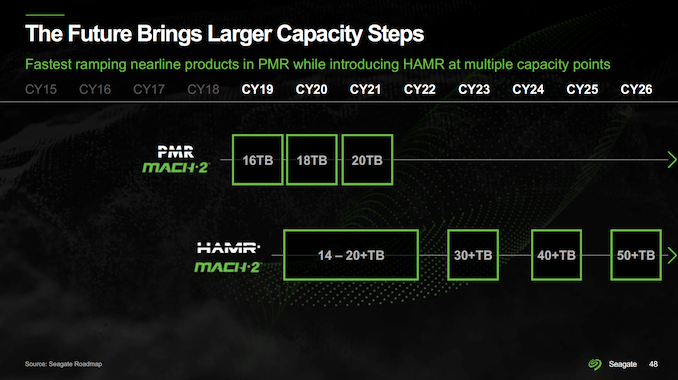
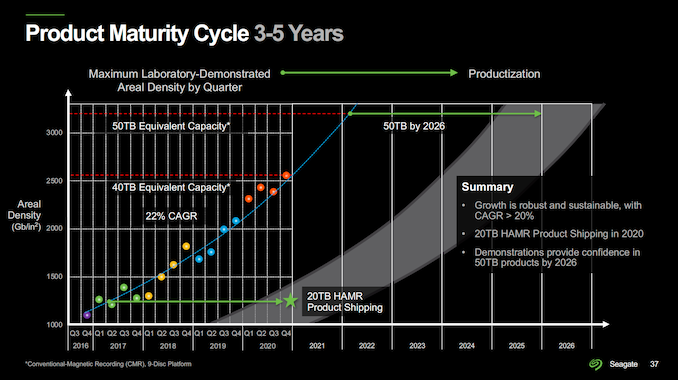
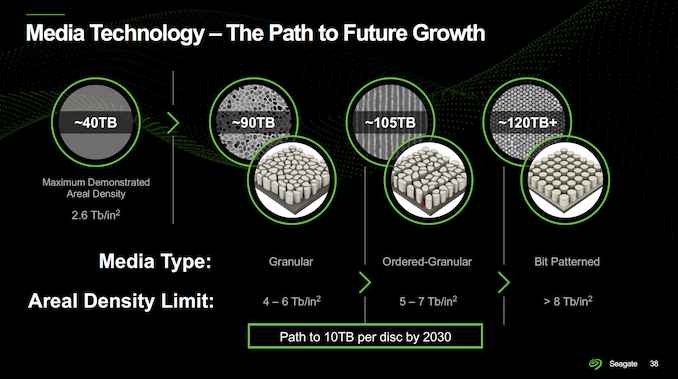
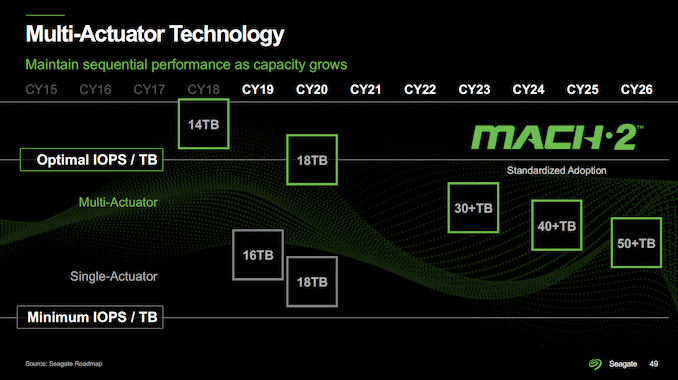
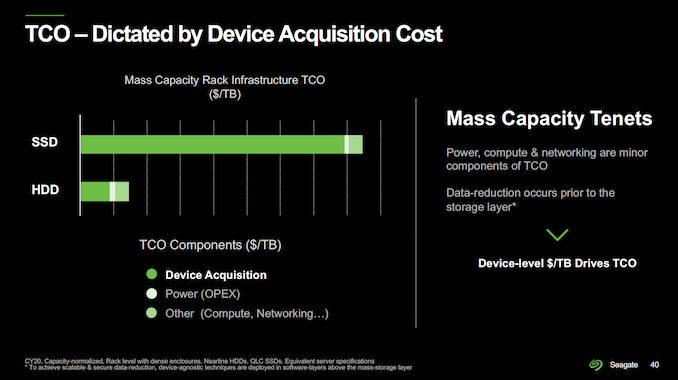
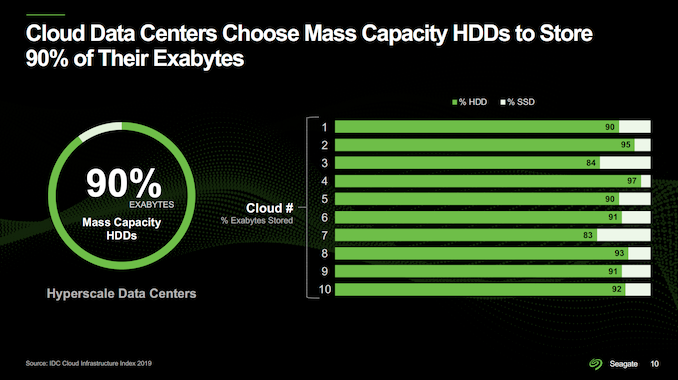
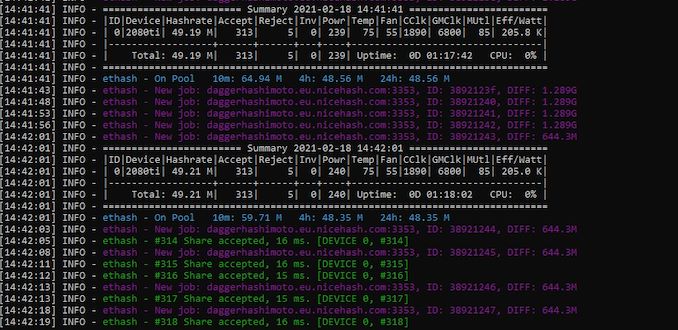

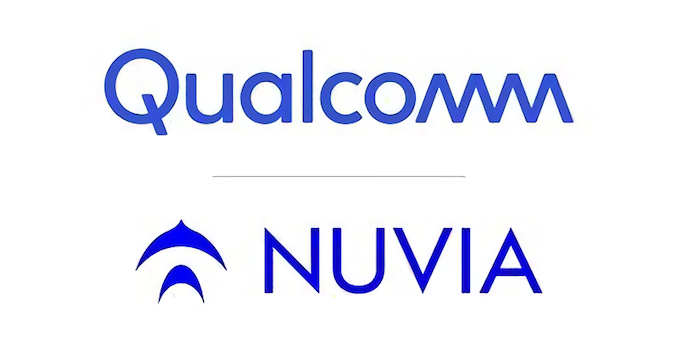
















Bookmarks